Pacemakers
I have implanted over 1000 devices in my career to date, and know what questions patients ask time and time again. I’ll answer a few of the most common questions below.
What is a pacemaker? And what does it do?
Pacemakers are small, implanted devices that prevent the heart from going to slow and can be treatments for people suffering from symptoms of a slow heart rate such as dizzy spells and blackouts. Pacemakers have either one or two thin, flexible leads which are passed through the veins near the collarbone, and pass into the heart where they are secured in place on the inside surface of the heart muscle. The other end of the leads are connected to the pacemaker generator which contains the battery. The pacemaker is implanted on top of the chest muscle and underneath the skin and soft tissue. The procedure takes approximately one hour to perform and is usually done under local anaesthetic, and sedation can be requested.
You can read an article I wrote for the British Heart Foundation Heart Matters magazine on pacemakers.
I was interviewed by the British heart Foundation for another article on devices, this time about using external defibrillators on patients with pacemakers.
If you need to have a pacemaker implanted, I would be delighted to see you in clinic and give you an expert opinion.

